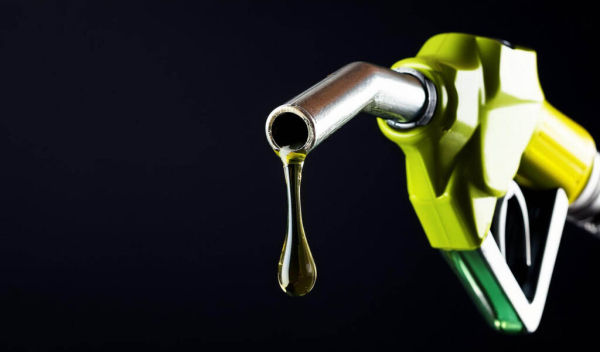
Rushed implementation, lack of transparency, and questionable economics are creating avoidable confusion on ethanol-blended fuel policy
Published Date – 24 September 2025, 10:54 PM
The rollout of the ethanol-blended fuel policy — E20 — is proving to be a classic case of how even a well-intended initiative can go off the rails if it fails to address the concerns of all stakeholders. There has been virtual chaos with vehicle users complaining about the lack of transparency on the part of the government regarding various aspects of the new policy. There are growing concerns over reduced mileage, engine corrosion, wear and tear in the long run, and warranty issues. Only cars and two-wheelers manufactured after April 2023 are E-20 compatible. Older vehicles, if they use E20 fuel, may suffer from engine knocking, corrosion, and other problems. Consumers see a 15-20 per cent reduction in mileage, but are still getting charged nearly the same price per litre, essentially paying for a lesser quantity. No notification system was in place for alerting or informing consumers in case their vehicle was compatible with E20. As a result, people unknowingly refuel with E20, only to see a loss in performance and probable engine damage. On paper, though, India’s green push presents a win-win situation: farmers gaining a new market for their sugarcane produce, consumers gaining access to a cleaner fuel, and the country reducing its dependence on oil imports and promoting domestic agriculture. However, rushed implementation, lack of transparency, and questionable economics are creating avoidable confusion. Initially, the government had planned to implement E20 across the country by 2030. However, the deadline was brought forward to 2025.
The blend was launched in over 100 cities at select petrol stations, with intentions of further expanding domestically. Instead of a blanket switch, the government should have kept both E10 and E20 available and marked pumps clearly. The government should have carried out extensive public awareness campaigns educating drivers about E20 compatibility, fuel efficiency, and pricing before the rollout. The owners of older vehicles should have been offered schemes helping them transition to E20-compatible engines. No doubt, there are multiple uses of ethanol-blended petrol. An increased use of ethanol will ease India’s dependence on crude oil imports and save more than USD 4 billion annually. This shift not only improves energy security but also provides a buffer against volatile global oil prices, enhancing India’s economic stability. Reducing both emissions and the reliance on fossil fuels are the two key drivers behind India’s fuel ethanol policy. It will also help farmers engaged in ethanol production. However, the challenges in implementation, particularly the problems being faced by vehicle users, are yet to be addressed fully. While a 20 per cent blend may appear minimal, its long-term effects on older vehicles are yet to be seen properly. Though the Ministry of Petroleum and Natural Gas has said the use of E20 petrol gives better acceleration, better ride quality, and significantly reduces carbon emissions, the experience of the vehicle owners tells a different story.
-
Is Port Vale vs Arsenal on TV? Channel, stream, kick-off time and team news

-
MP News: Protests Erupts In MP's Mandsaur Over Collector's Post Dismissing Soybean Losses

-
GP shares monthly salary for working three days a week and people are stunned

-
Chelsea star banned from playing in next game as Premier League enforce rule

-
Labour to bring in new rules for taps, showers and toilets for UK householders
